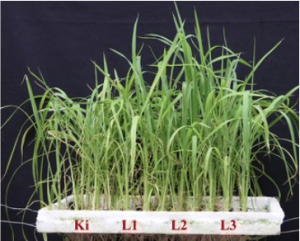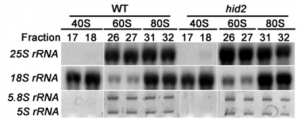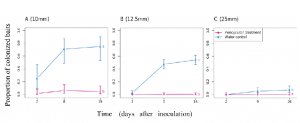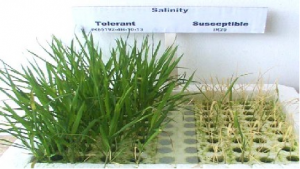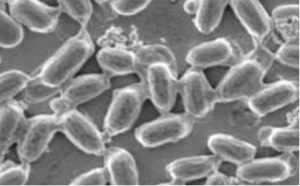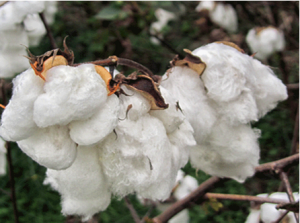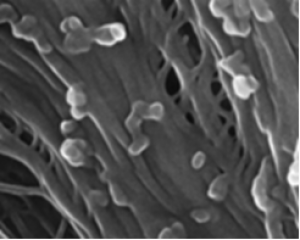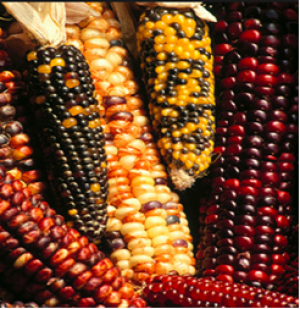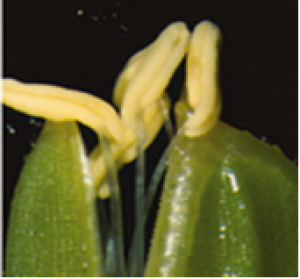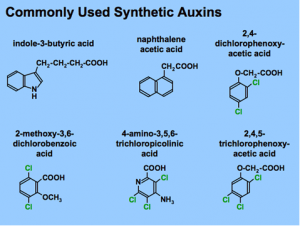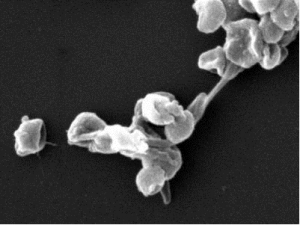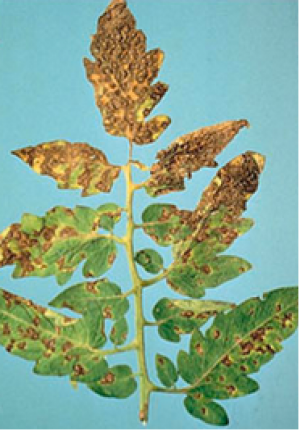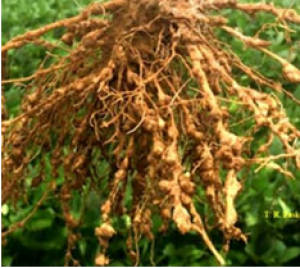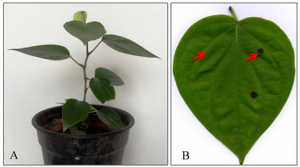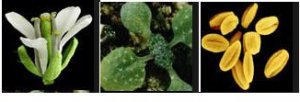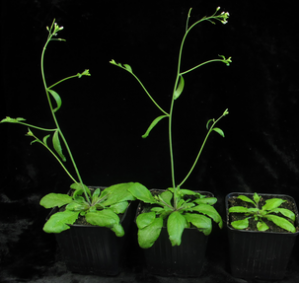|
Identification of a novel SNP in the miR172 binding site of Q homoeolog AP2L-D5 is associated with spike compactness and agronomic traits in wheat (Triticum aestivum L.)
Tuesday, 2024/01/02 | 08:42:49
|
|
Victoria Zeng, Cristobal Uauy, Yi Chen Theoretical and Applied Genetics; January 2023; vol. 137; Article 13 Key messageThis study found that the compact spike locus of ANK-15 is on chromosome 5D instead of 2B. We have identified a new allele of AP2L-D5 as the candidate causal polymorphism. AbstractSpike architecture is a key determinant of wheat yield, a crop which supports much of the human diet but whose yield gains are stagnating. Spike architecture mutants offer opportunities to identify genetic factors contributing to inflorescence development. Here, we investigate the locus underlying the compact spike phenotype of mutant line ANK-15 by conducting mRNA-sequencing and genetic mapping using ANK-15 and its non-compact spike near-isogenic line Novosibirskaya 67 (N67). Previous literature has placed the compact spike locus of ANK-15 to chromosome 2B. However, based on the single nucleotide polymorphisms (SNPs) identified using mRNA-seq data, we were unable to detect polymorphisms between N67 and ANK-15 in the putative chromosome 2B region. We performed differential expression analysis of developing rachis and found that AP2L-D5, the D homoeolog of the domestication Q gene, is upregulated in ANK-15 in comparison to N67. ANK-15 carries a SNP in the microRNA172 binding site of AP2L-D5, which is predicted to lead to higher expression of AP2L-D5 due to decreased miRNA172-mediated degradation. Furthermore, we performed genetic mapping using an ANK-15 × N67 F2 population and found a single quantitative trait locus on chromosome 5D coinciding with the position of AP2L-D5. This result suggests that AP2L-D5 is likely the underlying causal gene for the compact spike phenotype in ANK-15. We performed a field trial to investigate the effect of the AP2L-D5 allele on agronomic traits and found that the AP2L-D5 allele from ANK-15 is associated with a significant reduction in height, increased thousand grain weight (TGW), and increased grain width.
See https://link.springer.com/article/10.1007/s00122-023-04514-8
Figure 1: AP2L-D5 of ANK-15 contains a single nucleotide polymorphism in the miR172 binding site. a Representative image of N67 and ANK-15 spikes grown in the glasshouse. b Intron–exon structure of AP2L-D5 of N67 and ANK-15. Both 5′ and 3′ untranslated regions are colored in grey, exons are depicted as black boxes, introns as black lines, AP2 protein domains are highlighted in blue, EAR binding motifs are highlighted in green and the miR172 binding site is highlighted in red. Mismatches to miR172 are indicated in red font. The putative causal SNP leading to the compact spike phenotype from ANK-15 is shown in bold red font and is proposed as the AP2L-D5b allele
|
|
|
|
[ Other News ]___________________________________________________
|

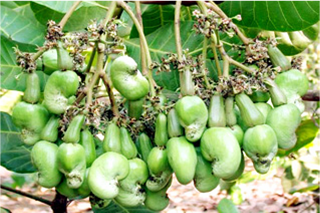
 Curently online :
Curently online :
 Total visitors :
Total visitors :
(310).png)
